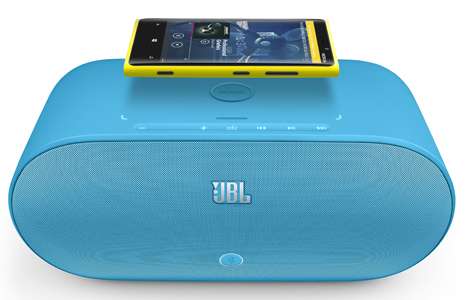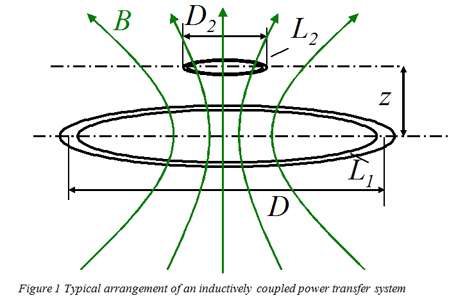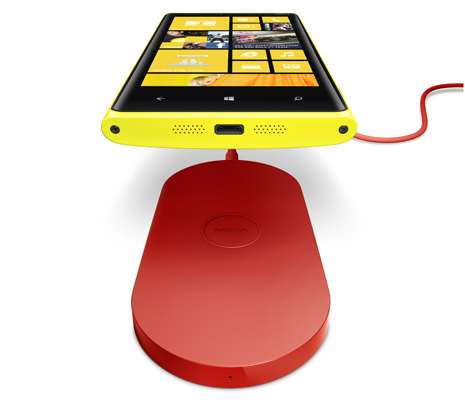Wireless charging explained

Wireless charging has been around for a several years now, but it's never really been that good. Until now, that is. The Nokia Lumia 920 and Lumia 820 (with the aid of the recharging shell) are the first Nokia smartphones to support this new feature, making charging your phone even easier than before.
All you have to do is place your phone onto a Nokia Wireless Charging Plate, Nokia Wireless Charging Pillow by Fatboy, Nokia Wireless Charging Stand, or even the JBL PowerUp Wireless Charging Speaker for Nokia to begin the charging process. It's as simple as that.
But what is wireless charging? It's a rather simplistic question, but we should probably answer it just to make sure that everybody knows.
Wireless charging is a method of transmitting energy through the air to an electrical device for the purpose of charging it.
Basically, in relation to smartphones, this means that your phone will be charged without having to plug the wire into your phone.
While this all sounds very simple as far as us consumers are concerned, it's actually a very technical process.
The diagram below shows the basic principles of inductive power transmission.

A transmitter coil is positioned at the bottom (L1) and the receiver coil (L2) is situated at the top and these coils are embedded into different electrical devices. L1 would be the Nokia Wireless Charging Plate and L2 would be the Nokia Lumia 920, for example.
An alternating current in the transmitter coil generates a magnetic field, which induces a voltage in the receiver coil. This voltage is then used to charge up the device.
Nokia has adopted the Qi (pronounced chi) standard in their wireless charging devices. Qi was created by the Wireless Power Consortium and is used by over 100 different companies around the world, and is the only globally adopted interface. Plus, because it's used globally, you'll be able to charge up wirelessly in different places around the world.

Nokia already has partnerships with Coffee Bean and Tea Leaf and Virgin Atlantic that will allow users of Nokia's upcoming Nokia Lumia 920 and Lumia 820 to charge up using table-top wireless charging stations.
When you're at home (or at work), though, there are several wireless charging devices that we've already mentioned above. These all provide the same function of charging your phone wirelessly, but they are designed for people with different needs.
The Nokia Wireless Charging Plate is designed to be the standard, but attractive, charging option, while the Nokia Wireless Charging Pillow by Fatboy is designed for people who like to stand out from the crowd while wanting something a little quirkier. The Nokia Wireless Charging Stand is great for people that want to charge their phone and still use their phone to video calls, or to run certain apps for example. Then there's the JBL PowerUp Wireless Charging Speaker for Nokia that stops your phone from running empty when listening to your favourite tunes.
Whatever wireless charging device suits you, you only need to place your phone on the device in order to charge it.
Nokia has worked hard to make wireless charging easier to use than other manufacturers of wireless charging devices. Nokia has increased the active charging area to over 80 per cent on the wireless charging plate, meaning you should just be able to put the phone down to charge and not worry about it being 'spot on'.
All of the wireless charging gadgets will be available at the time of launch of the Nokia Lumia 920 and Lumia 820 from either the retailer you buy the phone from, or from all good online retailers.
Source: Nokia



















